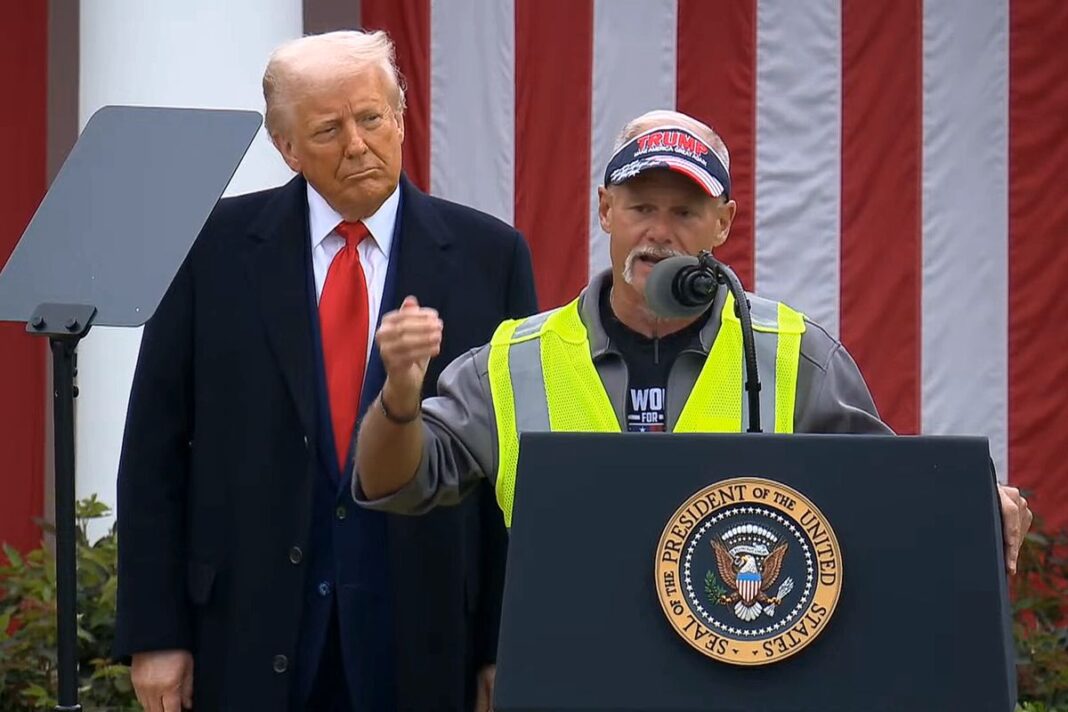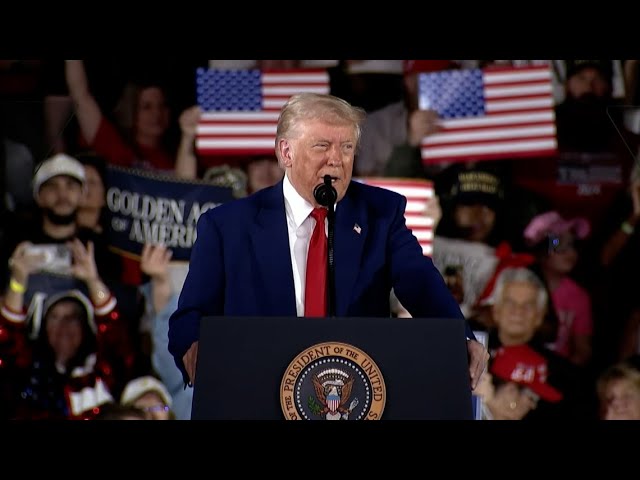Automakers welcome the president’s flexibility on auto tariffs.
President Donald Trump signed an executive order on Tuesday to cushion the impact of his automobile tariffs.
Earlier this month, the president’s 25 percent tariffs on imported vehicles to the United States went into effect. The tariffs are intended to bolster domestic car manufacturing.
Senior Commerce Department officials confirmed that car companies will continue to pay a 25 percent tariff on imported vehicles, but they will not be subjected to other tariffs, such as the 25 percent levy on steel and aluminum or 10 universal baseline duties.
Trump’s executive action is meant to prevent certain tariffs from stacking on top of each other.
Tariffs on foreign car parts, scheduled to take effect on May 3, will also be adjusted. Automakers would receive tax credits of up to 15 percent of the value of automobiles assembled in the United States. This, officials say, could be applied against the value of imported parts.
The latest measure is the “finishing touch” on the auto industry’s revitalization. “This is designed to allow all of the domestic auto manufacturers to grow their plants, to grow new employment, and to build more factories in America,” a senior Commerce Department official said on a call with reporters.
The president has been committed to returning auto manufacturing to the United States, says Treasury Secretary Scott Bessent.
“We want to give the automakers a path to do that quickly, efficiently, and create as many jobs as possible,” Bessent said at the April 29 press briefing alongside press secretary Karoline Leavitt.
Trump is traveling to Michigan to celebrate the accomplishments of his first 100 days in office during a rally outside Detroit.
The auto industry welcomes the administration’s softening the potential economic impact of tariffs and offering some flexibility.
In a statement to The Epoch Times, Ford CEO Jim Farley said that the company “welcomes and appreciates” the president’s decisions to mitigate tariff-related effects on automakers, suppliers, and customers.
“As the right policies are put in place, it will be important for the major vehicle importers to match Ford’s commitment to building in America,” Farley said.
“If every company that sells vehicles in the U.S. matched Ford’s American manufacturing ratio, 4 million more vehicles would be assembled in America each year. The U.S. would see a windfall of new assembly and supplier factories and hundreds of thousands of new jobs.”
By Andrew Moran








